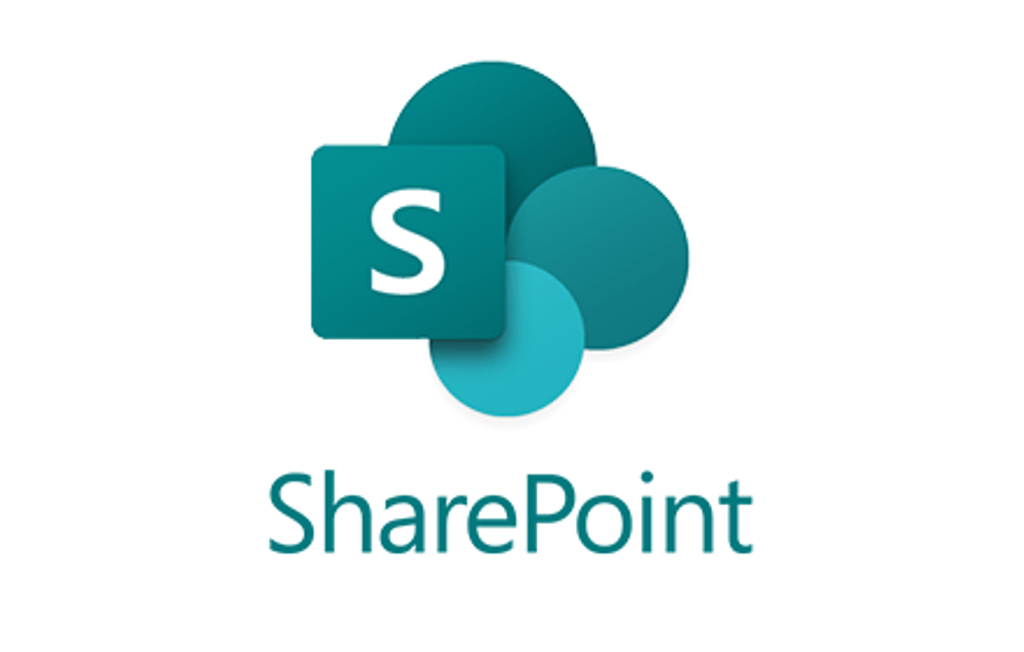Make a plan and think through the migration from one SharePoint environment to another. The approach is more assured by ensuring minimum disturbance. The purpose of this document is to cover best practices for a smooth SharePoint to SharePoint migration.
Why Migrate SharePoint to SharePoint?
Various reasons prompt an organization to SharePoint to SharePoint migration to improve security and performance through upgrading to a newer version, or site consolidation to improve collaboration. Migration is successful through careful planning and implementation.
Best Practices for Successful Migrations to SharePoint
1. Plan Your Migration Strategy
Solid planning is the foundation of success. Clearly state upfront your migration goals and time plan. Define user roles and responsibilities to ensure a smooth process.
Key Steps in Planning:
- Assess the current SharePoint environment.
- Identify obsolete or redundant content.
- Choose the right migration strategy.
- Set realistic timelines for migration.
2. Choose the right SharePoint migration tool
The fact that now you can use it is that all the time-consuming migration activities were done without transferring the data with the least plane downtime.
The Most Popular Tools for SharePoint Migration:
- Microsoft SharePoint Migration Tool (SPMT)
- Kernel Migration for SharePoint
- AvePoint Fly
- Metalogix Content Matrix
3. Purge Your SharePoint Content
The first thing to do is to clear unnecessary data before the migration SharePoint process. This will reduce the time spent in the procedure for migration and improve performance.
Content Cleanup Tips:
- Delete duplicate files.
- Archive outdated documents.
- Organize files into relevant categories.
- Fix broken links and permissions.
4. Carry Out Tests on the Migration Process
The migration test allows you to uncover unusual occurrences. It provides to undergo minimal disruptions during the transition.
Testing Checklist:
- Post-migration data integrity verification.
- Structure and permissions of all sites.
- The functionality of all workflows.
- Configuration of user access and security settings.
5. Execute the Migration in Phases
It's better to migrate in smaller phases instead of all at once. It would minimize risks and avoid long downtimes.
Phased Migration Approach:
- Migrate sites that are of lower priority first.
- Test each phase before moving on to the next.
- Get user feedback after each phase.
- Resolve issues before venturing further.
6. Train Your Users
Users require training on the new SharePoint environment. The new features and workflows need to be suitably guided.
User Training Methods:
- Set up webinars or live training sessions.
- Create easy-to-follow guides and FAQs.
- Organize hands-on workshops for key users.
- Ongoing support is to be provided for users to facilitate adoption.
7. Monitor and Optimize Post-Migration
Post-migration, it becomes requisite that continuous monitoring is carried on, thus issues post-migration can be discovered and ironed out.
Key Monitoring Areas:
- Ensure data is consistent.
- Check loading speed and performance.
- Note user feedback for improvements.
- Update security as applicable.
Conclusion
Migrating from SharePoint to SharePoint necessitates nothing less than gaining both proper planning and execution. The right tools and best practices ensure the best transition possible. Data cleanup, pre-migration testing, correct user training, and controlled post-migration monitoring make certain that the new SharePoint environment will be as efficient as possible and secure.
For a hassle-free migration, consider using Kernel Migration for SharePoint. This SharePoint migration tool provides seamless data transfer with advanced features. With the right strategy and tools, you can ensure a successful SharePoint migration.
Want more information on migrating SharePoint? Let us know what you're thinking!
Read more blogs: Khela Fat
